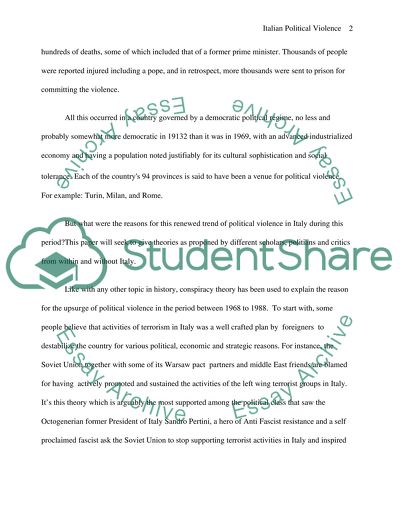Cite this document
(Uniqueness Of The Italian Political Violence Essay, n.d.)
Uniqueness Of The Italian Political Violence Essay. https://studentshare.org/politics/1564101-italian-political-violence
Uniqueness Of The Italian Political Violence Essay. https://studentshare.org/politics/1564101-italian-political-violence
(Uniqueness Of The Italian Political Violence Essay)
Uniqueness Of The Italian Political Violence Essay. https://studentshare.org/politics/1564101-italian-political-violence.
Uniqueness Of The Italian Political Violence Essay. https://studentshare.org/politics/1564101-italian-political-violence.
“Uniqueness Of The Italian Political Violence Essay”. https://studentshare.org/politics/1564101-italian-political-violence.


